Laws of Training, Longevity, and Health
Training, Longevity, & Health
Training Longevity Health: The Laws of your body, and more importantly the process of adaptation. That’s all life is really, a process of adaptation. Ability, willingness, and assimilation of new “stuff” in life, and adapting to it. That’s health, it’s your fitness, it’s your relationships, so adhere to the laws.
Laws: that word doesn’t quite jive with me, so think of these more as principles.
These are a series of principles that will help to govern and steer your training, movement practice, and your health.
These will apply specifically to your training: movement adaptation, continued improvement, rehab, dynamic capability, athletic development, wherever you fall. But you could throw these principles at life as well.
Your ability to continue surfing with a healthy and capable body, as well as supporting “optimal” health is a process. It’s ongoing, ever-changing, with dynamic flux of circumstances because you’re a human, and your life is dynamic.
Whether you’re looking to rehab an injured spine, battle an auto-immune disorder, or simply restore some youthful capability to your body, understand it is a process. The path from A to B will likely not be direct, because our lives are not direct. Often there’s a lot of poor decision making at play as well, along with a lack of true focus on the outcome, hence the path to B being bit curvy.
But that’s fine, it’s all part of this life journey. However, if you can adhere to some fundamental principles with your training, your nutritional changes, your rehab, or whatever life shift you’re creating, it can help to straighten out the path.
So here you go, the Principles. These are written with training and nutrition in mind, but they have much deeper potential. Now let’s get into Training Longevity Health.
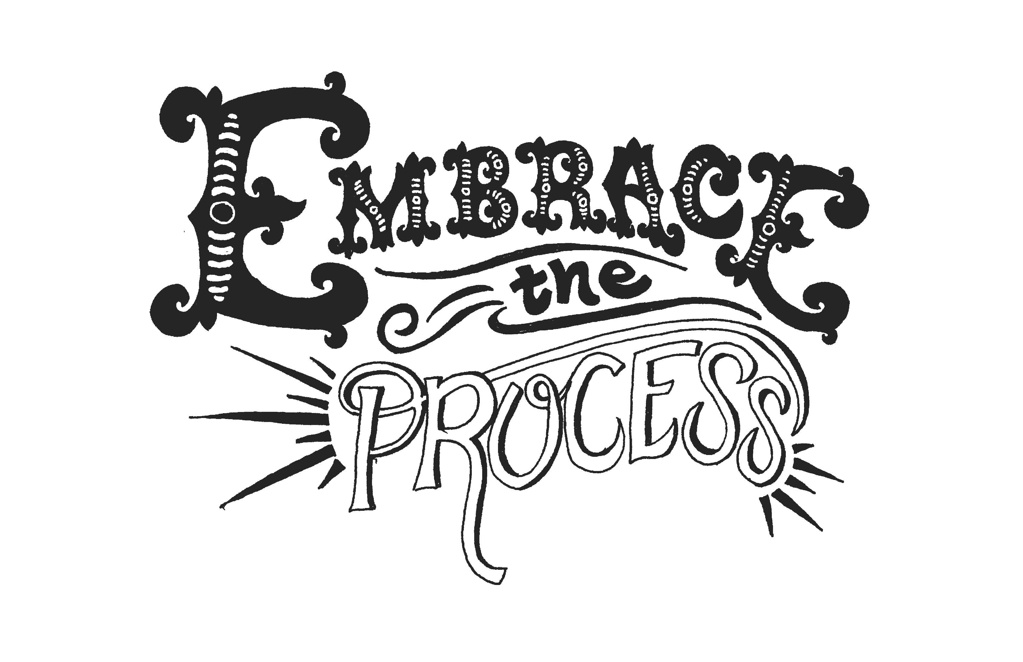
Embrace the Process
Life is a process. Let’s get deep…. a journey. I don’t need to get zen to portray this. Things happen and then more things happen, that is the inevitability of the universe. The issue lies in that people want a specific outcome, yet lose sight, get overwhelmed, or just throw an adolescent tantrum when the goal isn’t immediately acquired.
Thank modern life for this insane expectation of instant gratification. It’s likely classified as some type of disorder, and if it’s not, I bet it will be some day. I personally see it as one of the catalysts to modern societal degradation (I’m a heavy pessimist at times). Let me get back on track here, sorry.
You losing 15 pounds, you getting out of knee pain, you training for a marathon, it’s a process. There will be highs and lows, and you should expect them. You also need to expect a ongoing need to put in the fucking effort. Over and over I see clients bitching about issues, but doing nothing to rectify it. Life change of any sort requires Effort. Energetic intention, and application of attention.
You want a specific outcome? Realize that it will require effort to undertake that process. So you may as well pull up your big boy pants and Embrace the Process. The low points will teach you about yourself, the high points need to be reflected upon and enjoyed, and the yin yang of them will eventually get you to your outcome.
Forget about 30 day quick fix diets. Forget about 1 workout program to fix all your woes. One more self-help book isn’t going to change your life. Putting in the effort, and undertaking the process will get you your outcome, so Embrace it.
Good things take time. Embrace the Process
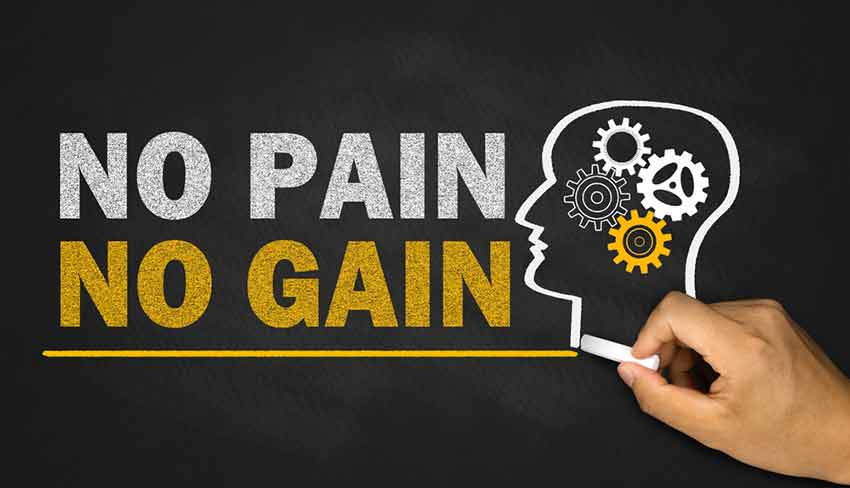
No Pain
No pain no gain, bullshit. Discomfort, yes, expect it and accept it. Pain, that’s your brain telling you that you are injuring your physiology.
This applies largely to training, but it extends to nutrition and life as well.
For training, don’t do something that hurts. I often need to have extensive conversations with clients to differentiate pain from discomfort. Often they say something hurts, but really it’s just fatigued.
Pain is a brain concept directing you to stop immediately. Discomfort is something that can be pushed through, and can be a requisite for physiologic change.
When you’re training, if a movement causes pain, Stop.
Not all exercises are right for everyone. You are a snowflake (another principle). Just because an exercise is right for me, doesn’t mean it’s right for you. We all have different injury histories, different bone structures, different training histories, all that coalesce into your uniqueness, and your ability to perform some movements, but not others.
If an exercise hurts you have a few options.
1) Assess the pain. Did you just tear something, or just get a twinge? If it’s gnarly, see a professional. If it’s just a twinge, or something you’ve experienced before, you can proceed with caution and awareness. That’s a key word, awareness. Your training for longevity requires it, so learn to listen to your body.
2) Slow down the movement. Generally, people move to fast with their training. They try to speed through their inability to control a weight, or to get around a stiff area. Speed is usually an attempt to mask crappy technique. Crappy technique + speed = injury. No bueno. Slow the movement down. Focus on control. Can you create more muscular tension? Can you find where or what exactly is causing the discomfort? These are important aspects and require your awareness.
3) Pick a similar but different movement. Can’t do KB swings because it’s too much torque on your low back? Maybe you’re fine with slow tempo deadlifts. They both train the bend pattern, require proper hip hinges, but have very different variables of speed and force production.
Does squatting hurt your knees? First you need to check your form, which could be a huge determinant. Often I can wipe out knee pain with a client just by improving mechanics. Perhaps you need to do a box squat with a more vertical shin position and less knee sheer.
Maybe you’d be better off with a single leg bulgarian squatt, to work more on stability rather than force production. There are always other exercise options, it just requires some smarts.
4) Find a professional. Yep. Pay someone for their expertise and their knowledge, to save you from wrecking your body. The whole “your body is your temple”, well maybe you should give it a peace offering or two (massage, osteopathy, physical therapy, trainer).

Selfies
I can’t express to you how much I loathe fish face selfies. Yes, have a look at my Instagram feed, and there are some selfies. They make me cringe a bit, but it’s part of the social media process. But fish face selfies, come on!
With training, they can be a savior. Not the fish face selfie specifically, rather the “set your phone up and film your movement” selfie.
This requires you to know what a movement should look like in the first place. But if you have a good reference, form check yourself. I film myself training all the time, and it allows me to make tweaks immediately for the next set.
If me, a pretty damn good exercise professional is catching movement tweaks I should make, I guarantee you can watch yourself train and pick up some read flags. There is no way your movement is perfect, so get to filming, and make some beneficial tweaks.
Does your knee cave in towards the last reps of your squats? Fix it. Do you sag your head when you’re doing push-ups? Stop it. Are you rounding your spine with your bent rows? Disc herniates suck, so make the change.
Self Assessment, that’s what it really is.
Life assessment would be a good thing for most adults to do to. A huge side not, if you haven’t read Prometheus Rising, it’s a great read. I think it should mandatory for adults.
Nutritional assessment. Write down everything you eat for a few days. What should change?
The point is, video self assess your training. And assess other aspects of life.
With my Ocean Sports Performance program there’s a full exercise library, so it makes the process of understanding what good movement should look like a bit easier.
Film yourself training, make some tweaks. Train smart, train safe.
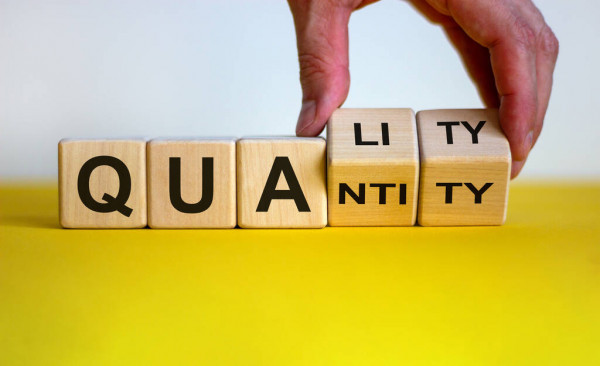
Quality Over Quantity
This hugely applies to training. I don’t want garbage reps, I want only perfect reps.
Teach your brain how to move efficiently. Every rep is an opportunity to teach correct and efficient motor function.
Train with poor technique, not only will you’ll likely get injured, but you’re training your body to move poorly.
A key to longevity with movement and training is to always put technique, and the quality of technique, over quantity.
Shitty reps do nothing good for your body. They reinforce poor movement, create muscular imbalances, and open massive doors for self induced injury.
Make the quality of your movement the focus. Diminishing form should be the catalyst to stop the reps, not the clock, nor a silly number. You’re in this life game for the long-haul, so check yourself before you wreck yourself.

You are an Immaculate Snowflake
You are a unique individual in this unknowable grand universe scale. Relish in your uniqueness.
In terms of health and training, the premise is simple, what works for everyone else may not work for you.
It applies to nutrition.
It applies to exercises.
You have a unique biochemistry, a history of pre-existing health issues, injuries, and you are structurally unique.
Your body may be fine with dairy, while mine unfortunately hates it, and I love good cheese so that makes me a bit sad. Perhaps intermittent fasting works for you, but another individual has severe blood sugar handling issues so can’t go that long without food consumption.
Maybe you broke a femur when you were young so one leg is longer than the other. That means it will effect your deadlift stance, so perhaps the mandatory toes forward and hip width apart doesn’t apply to you.
The point is that you are a snowflake. Ha!
This is where dogmatic approaches to nutrition and fitness make me want to start punching faces. The human body is far too complex to fit into a neat little box of “eat this, don’t eat that”. **unless it’s poison
Not everything in the “health” sphere applies to you. So how will you know what does? Seek professional guidance from a non-dogmatic source, and trial and error on your part. Experience. Remember, it’s a process. Find what works for you, but that requires honest self assessment and listening to your body. Get started.
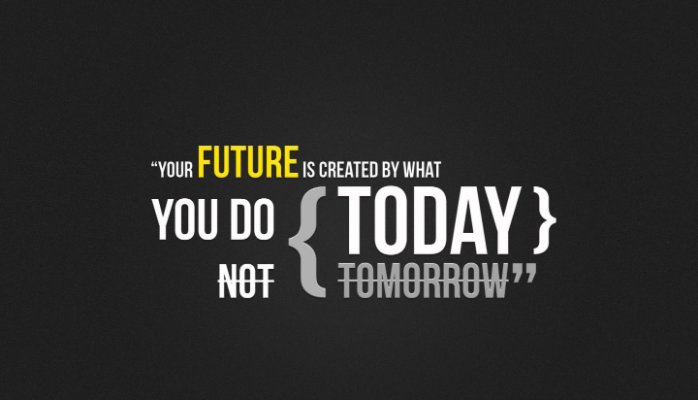
Focus on Today
Yes, you’ve got a goal, but the relevance is what you do today.
Effort, applied consistently, that is in alignment with your desired outcome. So what are you doing, or not doing, to get you to where you want to be? Choices are the key. The gap between your current state, and where you want to be, that’s where the effort needs to be placed. Crush the gap.
Your goal may be months or even years away. At the onset it can seem like a lifetime, so all you can do is throw some effort at the day. Do some good shit, something that is supportive to your process, something that keeps you on that track from A to B. The more often you do good shit (choices), the more likely you’ll get a positive result. Crush the gap. That’s how you’ll improve your Training Longevity Health.
Application – Improve Your Training Longevity Health
That’s what matters. Respect the process. Throw in the effort. Assess along the way. Be aware of cautionary pain. Focus on efficiency and clarity of effort.
These are principles for training, but could easily be thrown at your life.
Training Longevity Health.
Do You Want Better Health, Better Surfing, and a More Capable Body?
These are the Fundamental Principles I put forth to those going through my Surf Athlete Program. It makes the process of training, adaptation, and new habit formation so much easier.


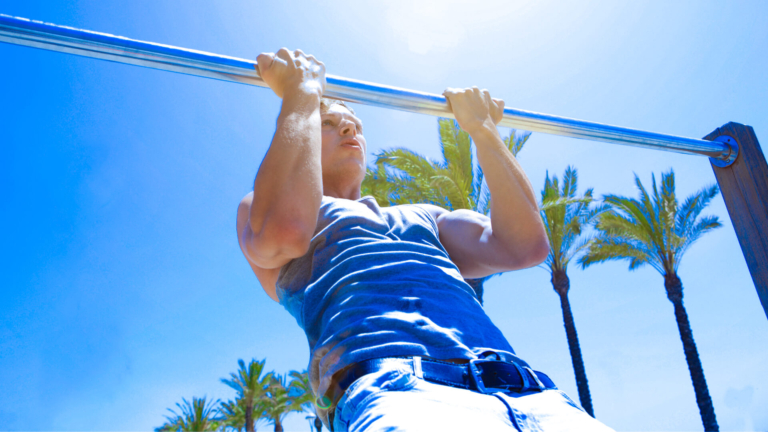

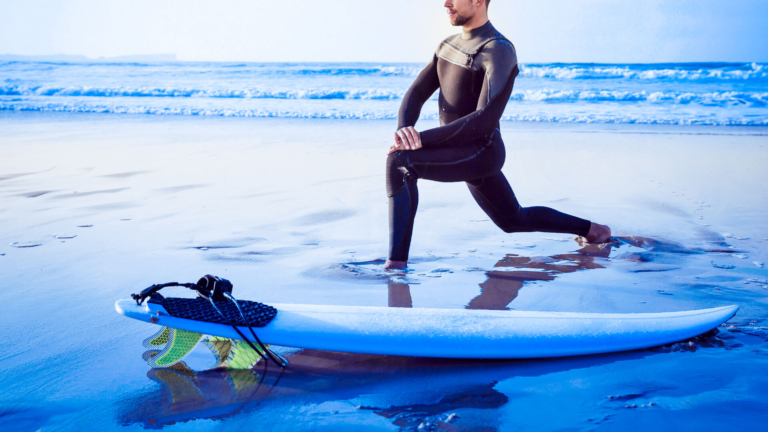

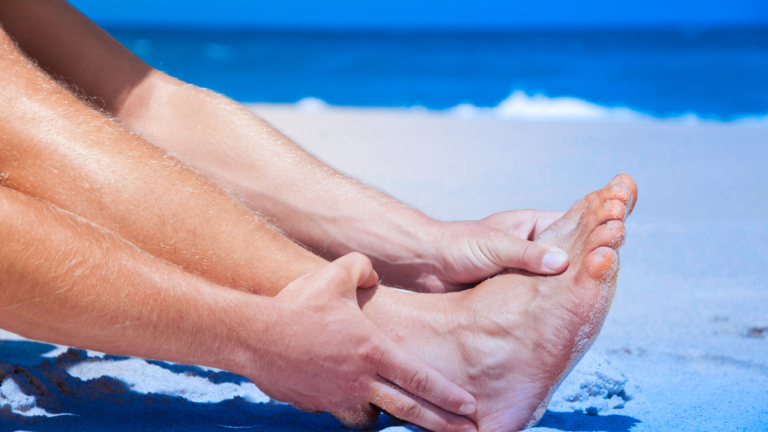
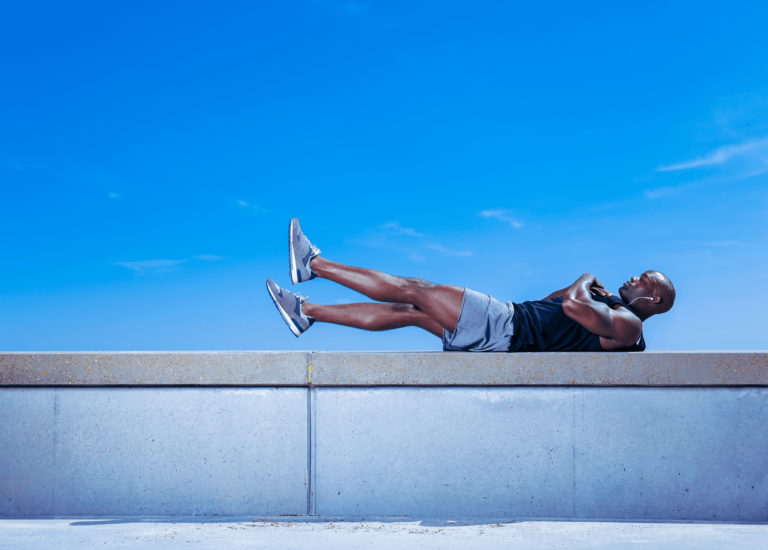
Unbelievable! Amazing! Run to start! Thank you!
Thanks for taking the time to write an insightful piece!🤘 Motivated and inspired to get back to youthful surfing ability! Yeww and thanks for the laughs!😃
Thank you, Cris. Spot on. Certainly my experience as I do something of a restart at 50. Thanks.
Captain Log-SunStar Date 12/24/23
After having access to Chris’ Surf Strength programs for over 3 years…
…I’m FINALLY starting it.
I will be 60 in the Spring of ’24, been surfing off & on for 35 years w/ no coaching or “proper” body mechanics and it has taken its toll.
Looking forward to keeping y’all in my “silent procession ” of support…. or BE LOUD in that support if desired…I could use a few good ass kick’ns to keep me in line!
Mahalo for reading!
Staying Stoked!
💋, Stacy ( aka breezee . )
*~Central Coast Surf Hers~*